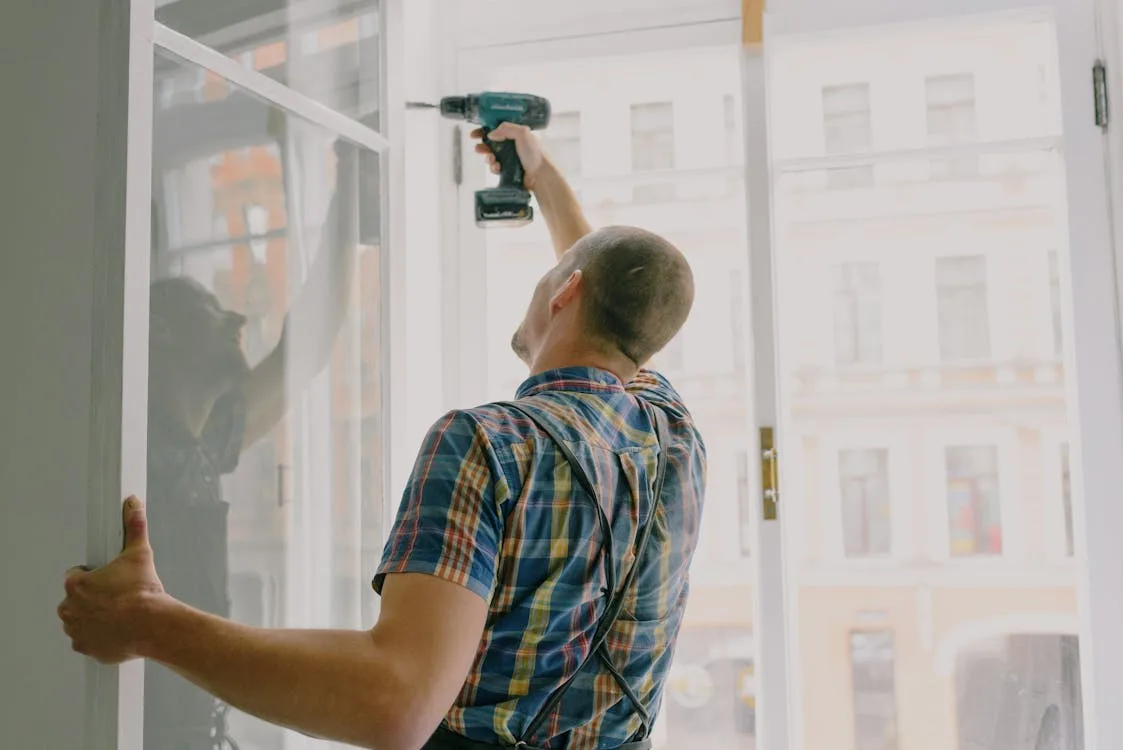Easy Troubleshooting Tips for Common Home Problems
Living in Bozeman, MT, comes with plenty of rewards—fresh air, mountain views, and a sense of space. But the weather here can be tough on homes. From cold winters to short, dry summers, homes in Bozeman deal with a bit of everything. That means systems like heating, cooling, plumbing, and electricity need to hold up year-round.
When something around the house stops working, it can feel urgent. However, many issues are minor and easy to resolve if you know what to look for. A running toilet doesn’t always mean plumbing failure. Flickering lights don’t always mean bad wiring. Sometimes, a quick fix is all you need.
When the AC Stops Cooling
It doesn’t take long for homes in Bozeman to heat up once summer arrives. While the nights can stay cool, daytime temperatures often climb fast, and when they do, you want your air conditioning system to work without trouble. But one of the most common complaints during summer is that the AC is running but not cooling properly.
Start with a few basic checks. Look at your thermostat first. Make sure it’s set to “cool” and the temperature is set lower than the room temperature. Next, check the air filter. A dirty filter blocks airflow and can prevent the system from functioning properly. If it’s clogged or gray, it’s time to replace it.
Go outside and inspect the condenser unit. Sometimes leaves, grass, or dirt pile up around it. That can stop the fan from spinning or cause the unit to overheat. Ensure there’s sufficient space around it and that nothing blocks the airflow.
If none of these steps fix the issue, the problem may go deeper. Low refrigerant levels, wiring problems, or worn parts can cause the system to blow warm air or cycle too often. At this point, it’s a good idea to reach out for AC repair in Bozeman, MT, to avoid bigger problems later. A trained tech can test the system, find the root issue, and get it back on track before temperatures climb higher.
Slow or Clogged Drains
Slow drains are one of the most common problems in kitchens and bathrooms. Whether it’s a sink, tub, or shower, water that pools or drains slowly is usually a sign of a buildup somewhere in the pipe. Hair, soap scum, food scraps, and grease are the usual causes.
Start by checking for any visible blockage. If you can see hair or debris near the drain opening, try removing it with a gloved hand or a simple drain tool. For clogs you can’t reach, try pouring a mix of baking soda and vinegar down the drain. Wait a few minutes, then flush with hot water.
Avoid using harsh chemical drain cleaners, especially in older homes. They can damage your pipes over time. If the problem keeps coming back or affects multiple drains, you might need a plumber to look deeper into the system.
Flickering Lights or Dead Outlets
Electrical issues can make people nervous, and for good reason. But not every flickering light or dead outlet points to something serious. In many cases, it’s a quick fix.
If a light flickers, try replacing the bulb first. Sometimes the issue is as simple as a loose or worn-out bulb. If that doesn’t help, turn off the switch and check the socket or connection. Make sure the bulb is screwed in fully and that the fixture isn’t moving around too much.
For outlets that stop working, your first step should be the breaker panel. Sometimes a breaker trips without you realizing it. Flip it off and back on, then test the outlet again with a small item like a phone charger or lamp.
If the outlet still doesn’t work and others nearby are fine, it could be a loose wire or a faulty socket. Repeated problems or signs of burning, like black marks or a hot surface, mean it’s time to call an electrician. Don’t ignore smells or sparks—those need professional attention.
Low Water Pressure
Poor water pressure makes showers less enjoyable and can slow down basic tasks like rinsing dishes. The good news is that it’s often something small.
Start by checking the faucet where the pressure feels low. Remove the aerator—the small screen at the tip of the faucet—and rinse out any debris. Over time, mineral deposits or sand from the water line can clog it. Cleaning it can make a noticeable difference.
If the problem is with more than one faucet, check your main shut-off valve. It might not be fully open. A slight adjustment can bring pressure back to normal. If you live in a multi-level home, make sure pressure loss isn’t isolated to just one floor. That can help narrow down the cause.
When the entire house has low pressure and the aerators are clean, there might be an issue with the pressure regulator or a buildup inside the plumbing. That’s when a plumber’s help is worth considering.
Garbage Disposal Not Running
A silent garbage disposal can be annoying, but don’t assume it’s broken. First, make sure it’s switched off before doing anything else.
Check under the sink for a red or black reset button on the bottom of the disposal unit. If it has tripped, press it once. Then try running the disposal again. If there’s still no sound, unplug it and check inside with a flashlight for any items stuck in the blades. Use tongs or pliers—not your hand—to remove anything blocking movement.
You can also insert a disposal wrench (or a standard hex key) into the bottom slot and twist it to free the flywheel if it’s jammed. If it hums but doesn’t spin, that often means a blockage is the issue.
To avoid future problems, stay away from hard items like bones, fruit pits, or thick peels. Fibrous foods like celery or corn husks can also tangle the blades.
Running Toilet
A toilet that runs non-stop isn’t just noisy—it can waste gallons of water each day. Most of the time, the cause is inside the tank.
Lift the lid and watch what happens after a flush. The rubber flapper at the bottom of the tank might not be sealing properly. If it’s worn or doesn’t close all the way, water keeps leaking into the bowl. Adjusting the chain or replacing the flapper usually solves the issue.
Also, make sure the float isn’t set too high. If water keeps rising and flows into the overflow tube, it’ll keep refilling. A small tweak to the float arm can stop that from happening.
Tackling common home issues doesn’t always need expert tools or deep knowledge. Many problems have simple fixes once you know where to look. From low water pressure to a jammed disposal, a few basic checks can save time and frustration. Whether you’re in Bozeman or beyond, getting familiar with these steps gives you more control over your space and fewer surprises down the line.





